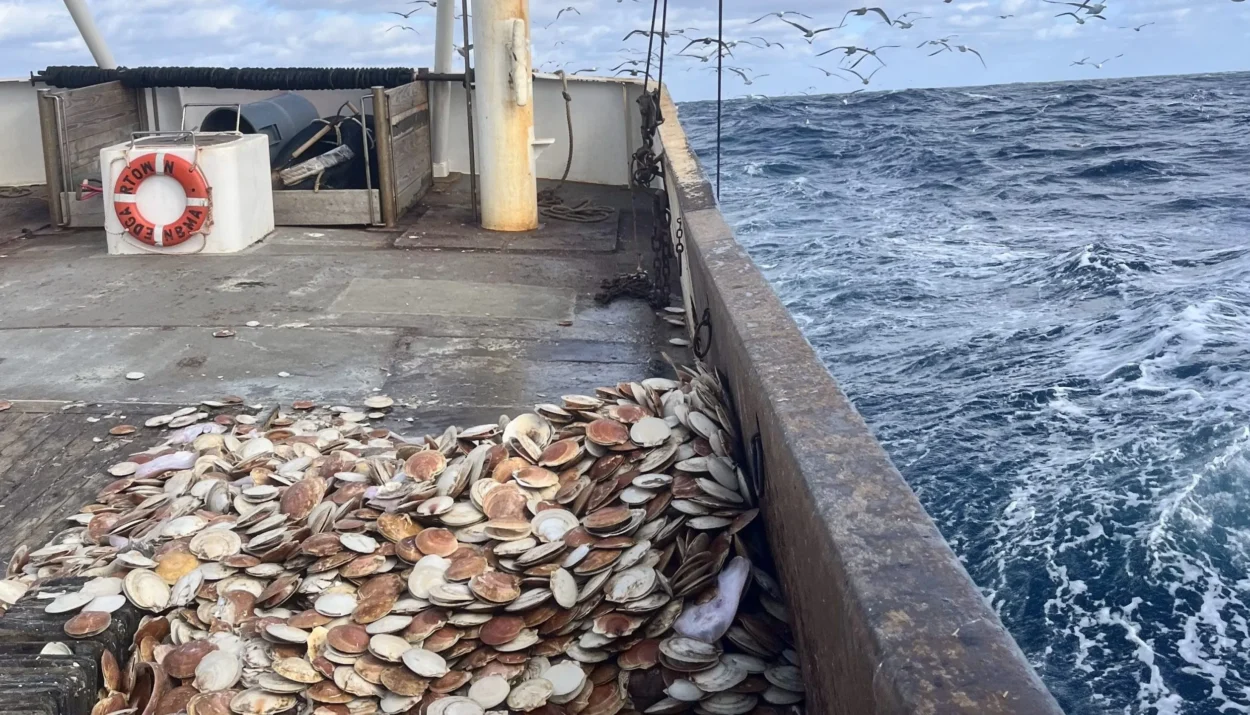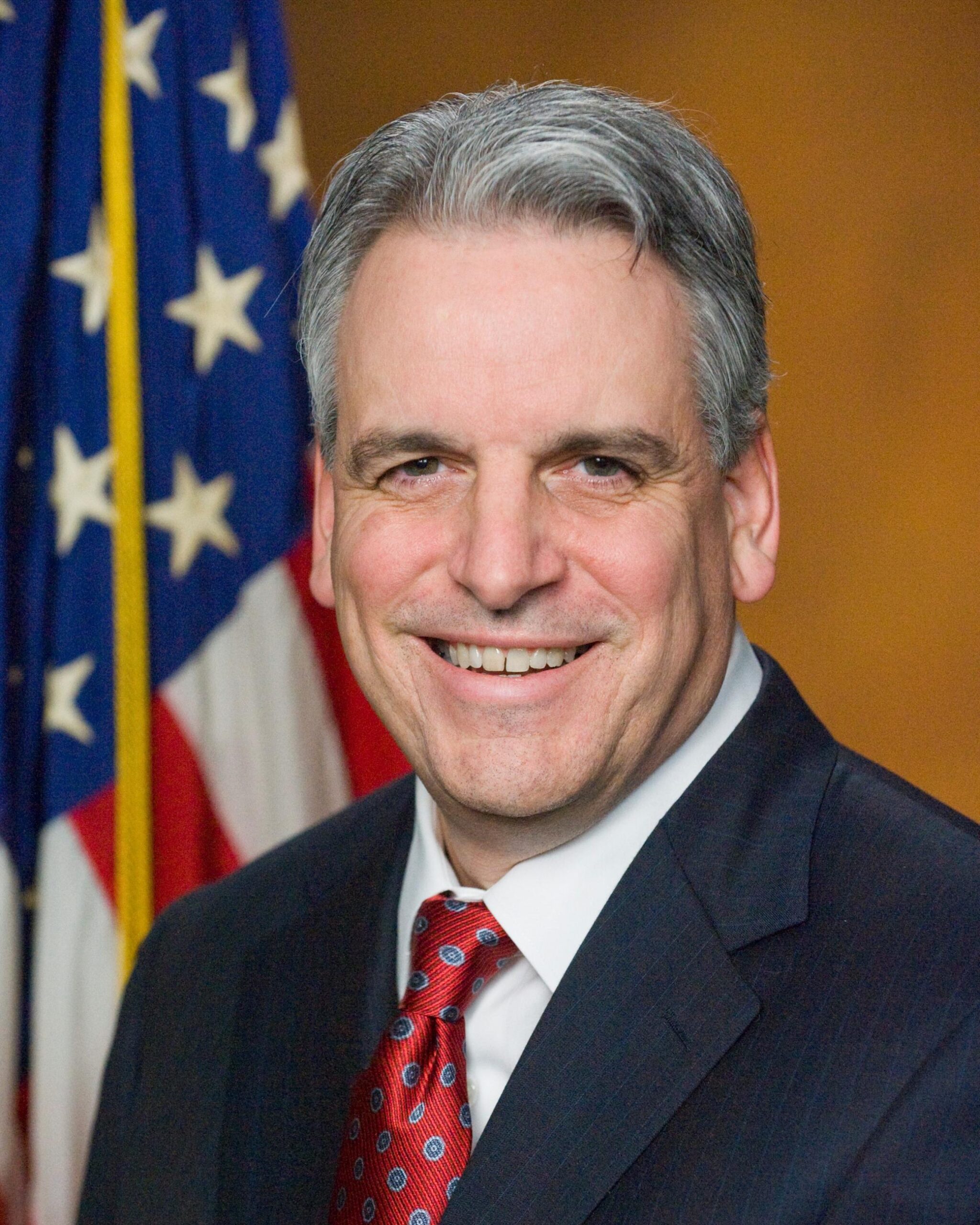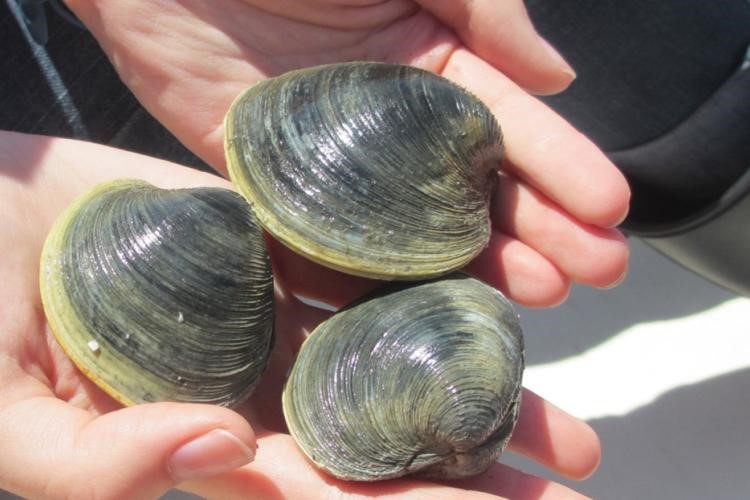The new area outlined for offshore wind development overlaps with “vital” scallop areas, the Port Authority wrote. That includes iconic fishing grounds like Elephant Trunk, Hudson Canyon and Delmarva.
This story was originally published in The New Bedford Light, a publication partner of Ocean State Stories.
NEW BEDFORD, Mass. — The city’s Port Authority published a letter to offshore wind regulators on Wednesday, raising “grave concerns” over a 13.4 million acre tract of ocean recently opened to wind farm developers in the Central Atlantic that could put up to $2 billion in commercial fishing revenue at risk.
“BOEM has painted with too broad a brush,” New Bedford Mayor Jon Mitchell wrote in the letter to the Bureau of Ocean Energy Management (BOEM). “We believe that the new Mid-Atlantic call areas must be cut back from existing scallop and other fishery access areas, which still would leave ample room for nearby states to achieve their offshore wind capacity goals.”
In August, BOEM began soliciting proposals for offshore wind developers to lease 13.4 million acres of ocean off New Jersey, Delaware, Maryland, Virginia and North Carolina. It is the second of such sales in the Central Atlantic and the fifth offshore wind lease sale held during the Biden-Harris administration. The first lease sale in the Central Atlantic was completed also in August, yielding nearly $93 million from developers Equinor Wind US and Virginia Electric and Power Company.
The new area outlined for offshore wind development overlaps with “vital” scallop fishing areas, the Port Authority wrote. That includes iconic fishing grounds like Elephant Trunk, Hudson Canyon and Delmarva, all of which fall within the boundaries of the proposed lease area. In the last 16 years, commercial fishermen have harvested just under $2 billion worth of seafood from the region — about $1.5 billion of which was sea scallops, New Bedford’s top commercial fishery — according to data from the National Marine Fisheries Service.
“It would take only a cursory look at the available fisheries data … for anyone to see that the Northern and Northeast portions of the proposed call area contain significant commercial fishing conflicts,” the Port Authority wrote.






